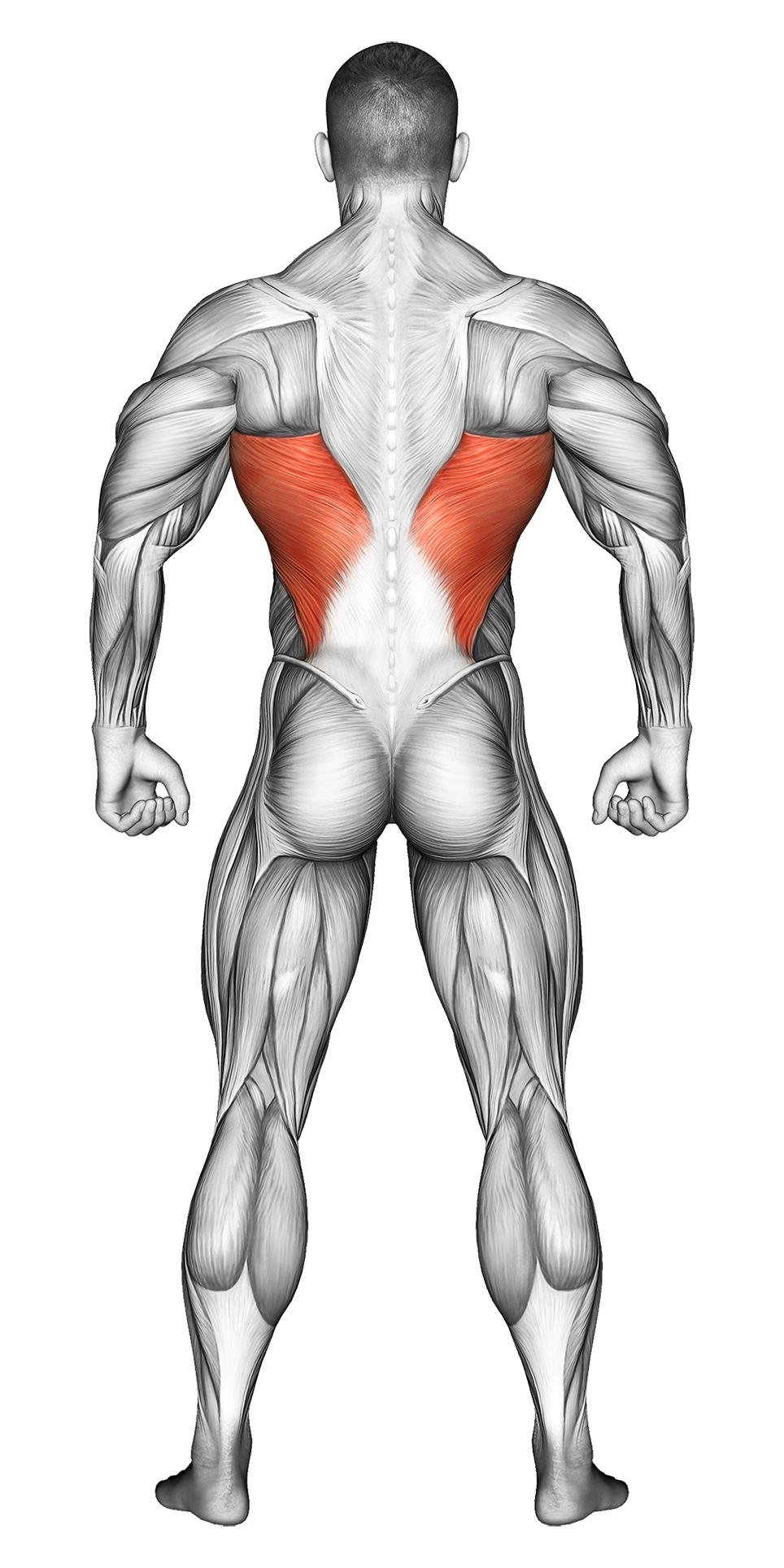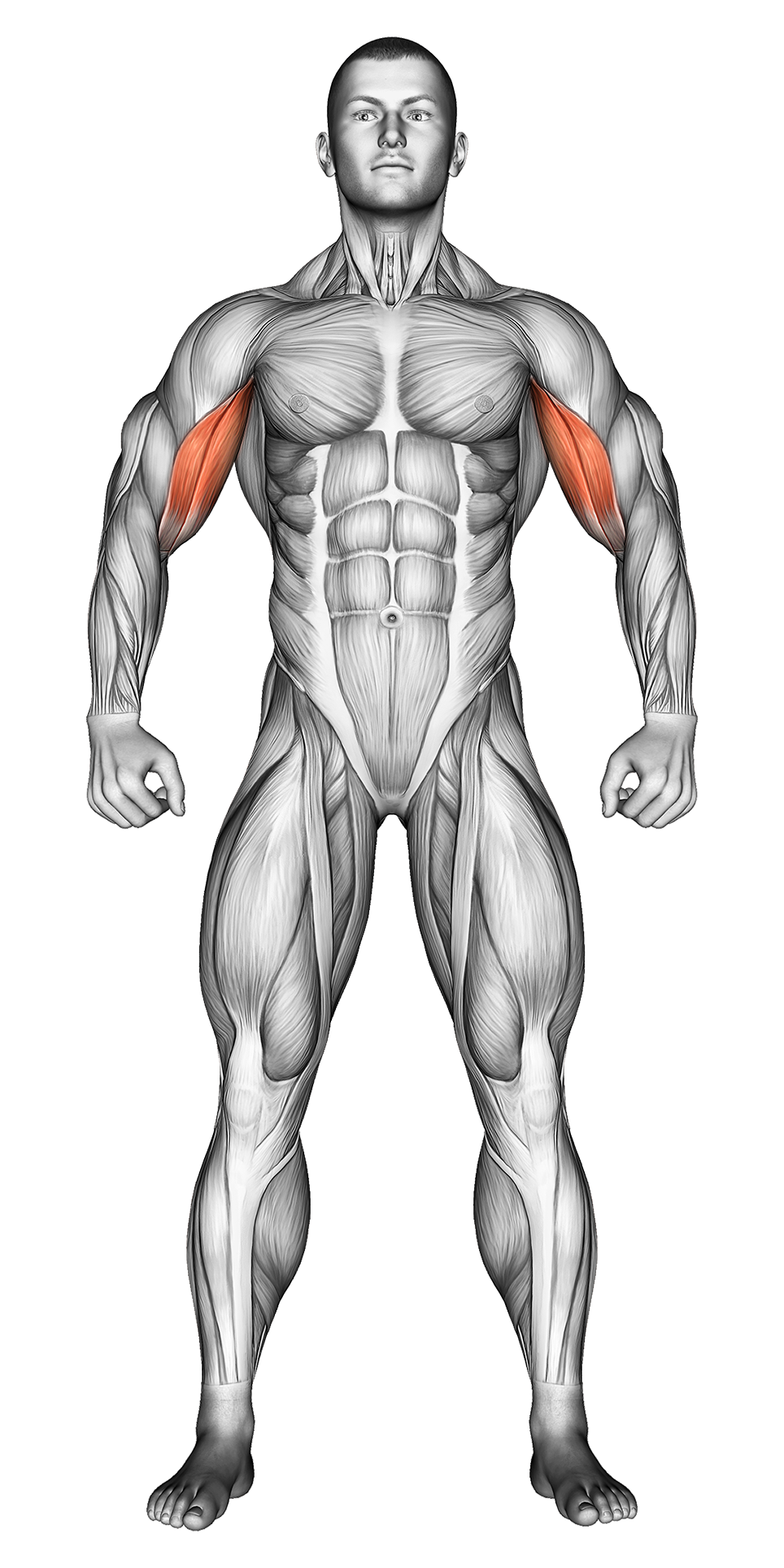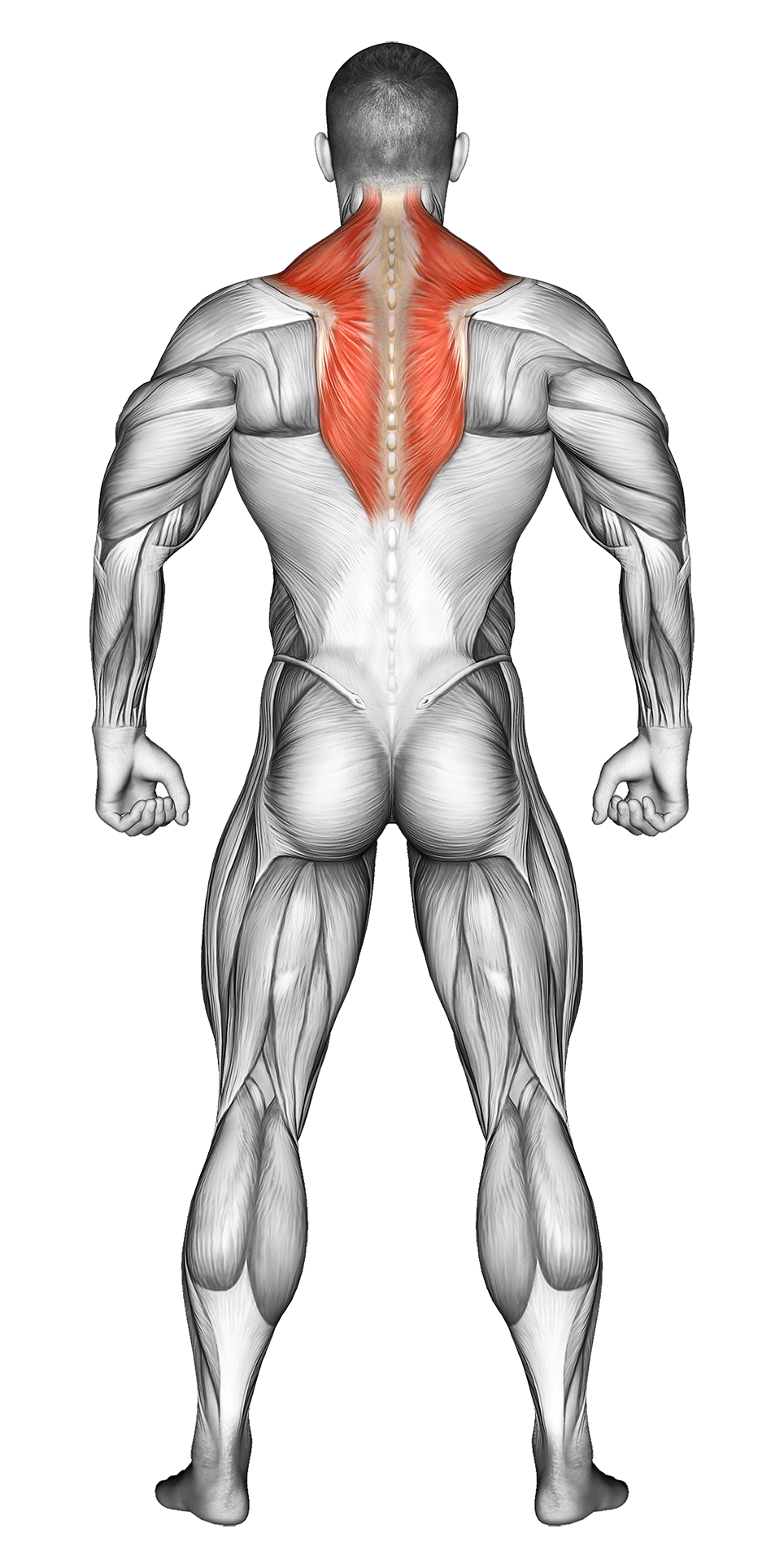Dumbbell Yates Row: Video Tutorial & Exercise Guide
| Workout | Dumbbell Yates Row |
| Primary Muscle Group | Lats |
| Secondary Muscle Group | Biceps, Traps |
| Equipment Required | Dumbbell |
| Force Type | Pull |
| Mechanics | Compound |
| Exercise Type | Strength |
| Difficulty | Intermediate |
Dumbbell Yates Row: Video Tutorial & Exercise Guide
Muscle Groups
- Primary Muscle Group- Secondary Muscle Group
Dumbbell Yates Row - Step-by-Step Guide
Dumbbell Yates Row Overview
Benefits of Dumbbell Yates Row
Dumbbell Yates Row Pro Tips & Advanced Techniques
Progression Plan for Dumbbell Yates Row
Frequently Asked Questions (FAQs) Of Dumbbell Yates Row
How to do Dumbbell Yates Row – Step-by-Step Guide
- Step 1: Stand with your feet shoulder-width apart, holding a dumbbell in each hand. Slightly bend your knees and hinge at your hips, keeping your torso at about a 45-degree angle to the floor. Your arms should be fully extended toward the ground, and your palms facing your thighs.
- Step 2: Keep your back straight and core engaged. Begin the movement by pulling the dumbbells toward your hips, keeping your elbows close to your sides.
- Step 3: Squeeze your back muscles as you bring the dumbbells toward your hips, making sure your shoulder blades are pulled together.
- Step 4: Slowly lower the dumbbells back to the starting position with control, fully extending your arms.
- Step 5: Repeat for the desired number of repetitions while maintaining a controlled movement and focusing on squeezing your back muscles.
Dumbbell Yates Row Overview
The Dumbbell Yates Row is a variation of the traditional row named after bodybuilder Dorian Yates. This movement primarily targets the upper back and lats while also engaging the biceps and forearms. The Yates row differs from traditional rows by keeping the torso at a 45-degree angle instead of parallel to the ground, which reduces lower back strain and emphasizes the upper back muscles more effectively.
This exercise helps build upper-body pulling strength, improve posture, and develop muscle mass, making it ideal for those looking to strengthen their back and enhance overall upper-body performance.
Benefits of Dumbbell Yates Row
The Dumbbell Yates Row is great for targeting the upper back muscles, specifically the lats, rhomboids, and traps, while also engaging the biceps. This exercise helps build a stronger, more defined back while also improving posture and stability. The angled torso position reduces stress on the lower back, making it a safer alternative to traditional rows for those with lower back issues.
Additionally, the use of dumbbells allows for greater range of motion and helps correct muscle imbalances since each arm works independently.
Dumbbell Yates Row Pro Tips & Advanced Techniques
Focus on keeping your torso at a 45-degree angle throughout the movement to minimize lower back strain. Keep your elbows close to your body as you row to maximize lat engagement. For added intensity, try holding the contraction at the top of the movement for a brief second before slowly lowering the dumbbells. You can also increase the difficulty by using heavier dumbbells or slowing down the eccentric (lowering) phase of the movement.
Progression Plan for Dumbbell Yates Row
| Level | Sets | Reps | Progression Tips |
|---|---|---|---|
| Beginner | 2-3 | 8-10 | Start with lighter dumbbells, focusing on mastering the form and maintaining control throughout the movement. |
| Intermediate | 3 | 10-12 | Gradually increase the weight as your strength improves, focusing on a full range of motion. |
| Advanced | 4 | 12-15 | Use heavier weights, add pauses at the top, or perform the movement with a slower tempo to maximize muscle activation. |
Frequently Asked Questions (FAQs) of Dumbbell Yates Row
What muscles do Dumbbell Yates Rows target?
This exercise primarily targets the upper back muscles, including the lats, traps, and rhomboids, while also engaging the biceps and forearms.
Can beginners perform Dumbbell Yates Rows?
Yes, beginners can perform this exercise with lighter dumbbells, focusing on proper form and control before gradually increasing the weight.
How can I make Dumbbell Yates Rows more challenging?
Increase the weight, slow down the lowering phase, or hold the contraction at the top of the movement to increase time under tension.
What common mistakes should I avoid during Dumbbell Yates Rows?
Avoid rounding your back or using momentum to lift the dumbbells. Keep your back straight and core engaged throughout the exercise.
How often should I include Dumbbell Yates Rows in my routine?
Include this exercise 2-3 times per week as part of your upper body or back workout to improve strength and muscle development.
Share


